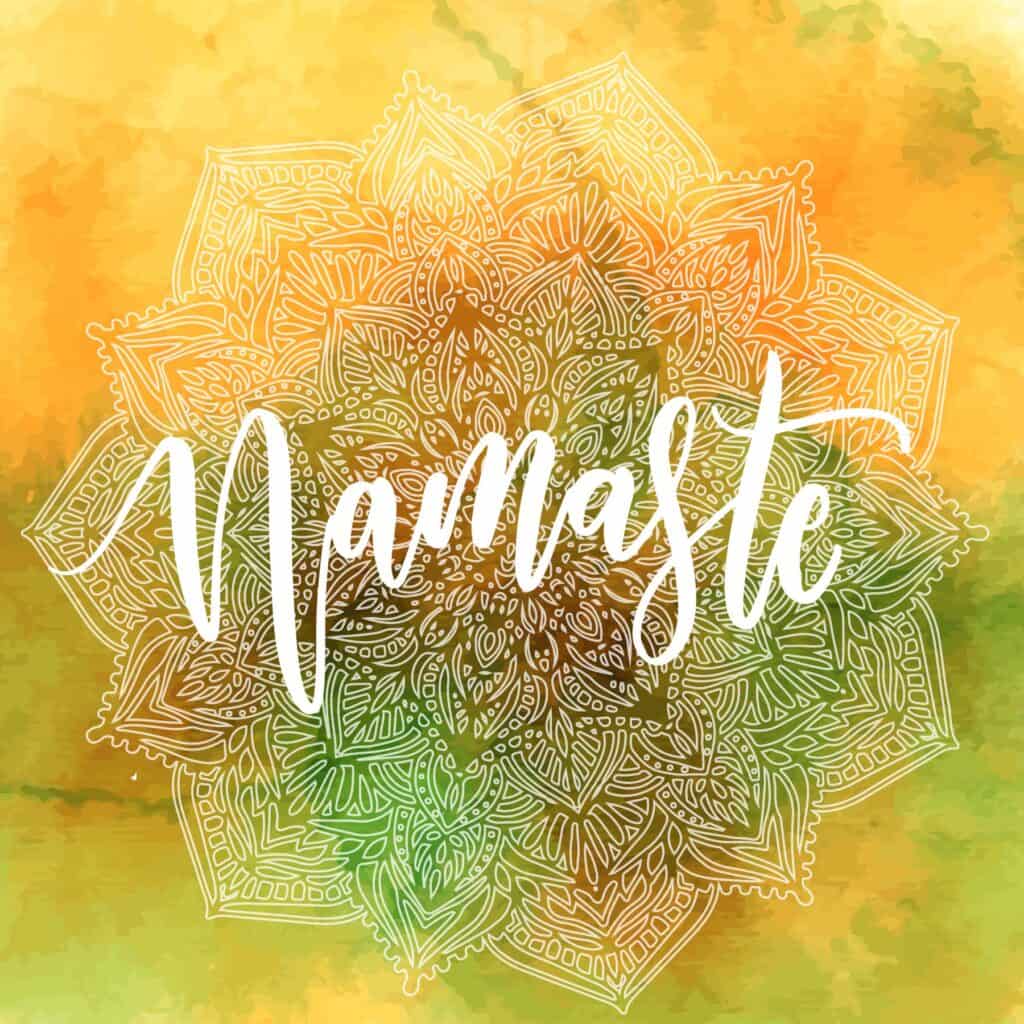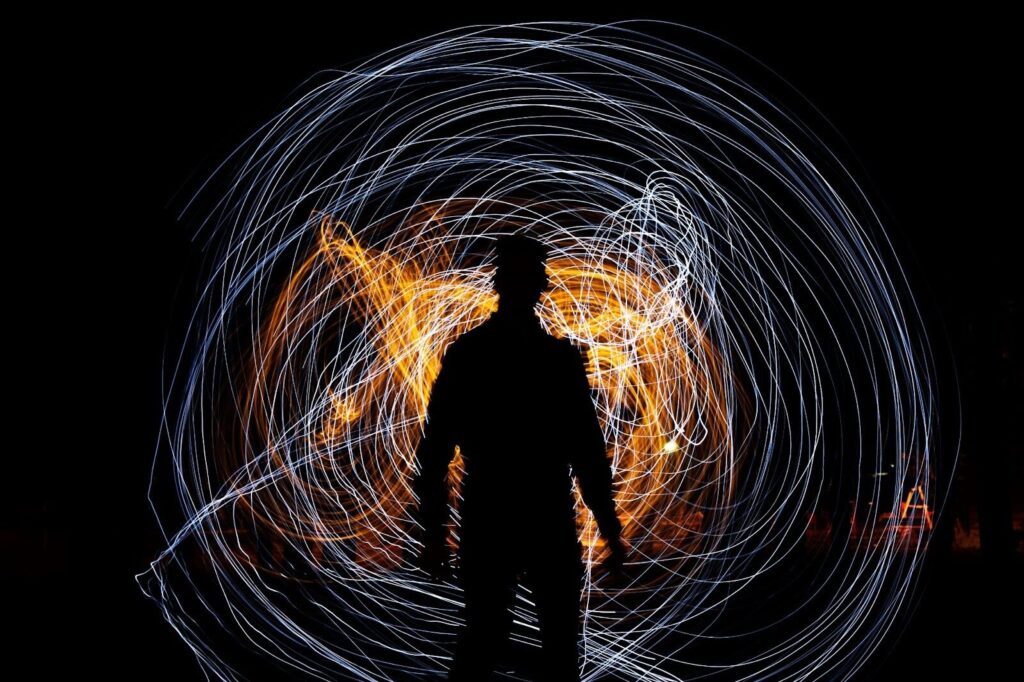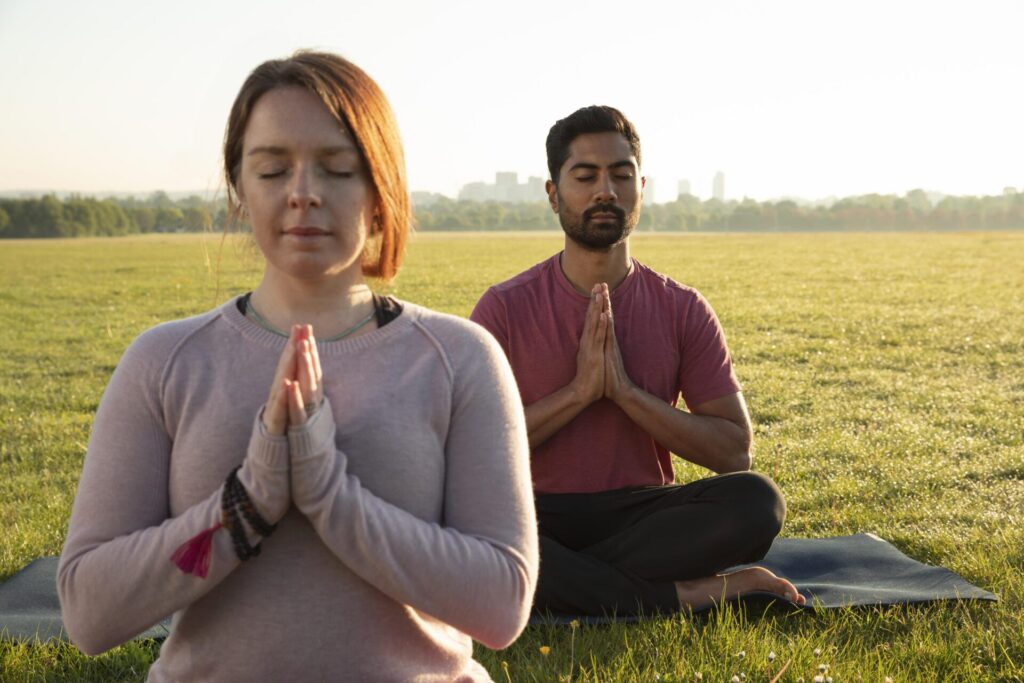Namaste: The Essence of Unity, Respect, and Mindfulness

“Namaste”—a simple word, a profound gesture, and a way of life. In a world where connections often feel fleeting, Namaste reminds us of the divine spark within every individual and the shared humanity that binds us all.
Namaste is more than just a greeting. It carries deep cultural, spiritual, and emotional significance, offering a timeless lesson in humility, respect, and unity.

What Does Namaste Mean?
The Linguistic Meaning
Originating from Sanskrit, Namaste is a combination of two words:
- “Namah”: To bow or show reverence.
- “Te”: To you.
Together, Namaste translates to “I bow to you”, symbolizing mutual respect.
The Spiritual Essence
Namaste transcends its literal meaning to express the recognition of the divine spark (Atman) within each individual. It acknowledges that we are all part of a greater whole, united through universal consciousness.
In essence, Namaste reminds us that we are not separate beings, but interconnected threads in the fabric of existence.

The Cultural Significance of Namaste
A Timeless Indian Tradition
Namaste is deeply rooted in Indian culture and spirituality:
- Daily Greetings: It is a way of showing respect and humility in everyday interactions.
- Yoga Practices: Often used at the beginning and end of yoga sessions to center the mind and foster unity.
- Religious Ceremonies: A gesture of reverence to deities and individuals alike.
A Global Symbol
Today, Namaste has transcended cultural boundaries, becoming a symbol of mindfulness and peace in yoga studios, workplaces, and communities worldwide. Its message of universal respect resonates deeply, especially in our fast-paced, divided world.
The Gesture of Namaste
The Physical Gesture
Performing Namaste involves:
- Pressing your palms together at the heart, fingers pointing upwards.
- Accompanied by a gentle bow of the head.
The palms symbolize the meeting of mind and body, while the heart-centered placement reflects sincerity and compassion.
Similar Gestures Around the World
The essence of Namaste is mirrored in various cultures:
- Thailand: The Wai greeting.
- Japan: Ojigi or bowing.
- Other traditions that emphasize mutual respect and mindfulness.
The Philosophy of Namaste in Modern Living
Namaste is not just a gesture—it’s a philosophy that can enrich daily life. Here’s how:
In Daily Interactions
- Acknowledge the divine in others through mindful greetings.
- Approach every interaction with humility and respect.
As a Conflict Resolution Tool
- Replace anger with reverence.
- When tempers flare, pause, bow inwardly, and remember the shared humanity of those involved.
In Building Gratitude
Start your day by saying Namaste to yourself. Acknowledge the divinity within, and carry that awareness into your actions.
Namaste and Yoga: A Perfect Harmony
In yoga, Namaste is a sacred acknowledgment of the teacher-student connection and a reminder of our inner unity.
- At the Beginning: It centers the mind, preparing for the practice ahead.
- At the End: It seals the session, expressing gratitude for the shared energy.
Namaste in Meditation
When combined with meditation, Namaste aligns your energy with heart-centered awareness, deepening your spiritual connection.
Namaste as a Global Symbol of Peace
Why Namaste Matters Today
In an era marked by division and disconnection, Namaste offers a universal gesture of unity. It transcends language, culture, and beliefs, reminding us of the common humanity that binds us all.
Real-Life Stories
From yoga teachers to global leaders, Namaste has been embraced as a symbol of peace and mindfulness. It is often used in initiatives promoting harmony, mutual respect, and environmental awareness.
Living the Spirit of Namaste
Namaste is more than a word or gesture—it is a way of life. It encourages us to:
✔ Recognize the divine within ourselves and others.
✔ Practice humility, respect, and gratitude.
✔ Live in harmony with nature and humanity.
Call to Action: Embrace Namaste Today
- Start each day by saying Namaste to yourself, acknowledging the divine within.
- Practice Namaste in your daily interactions, fostering connection and mutual respect.
- Share the essence of Namaste by introducing its philosophy to your community.
Final Thought
“When we say Namaste, we acknowledge the spark of divinity within ourselves and others. It is not just a greeting—it is a bridge to connection, peace, and mindfulness.”
Namaste. 🌸







Responses